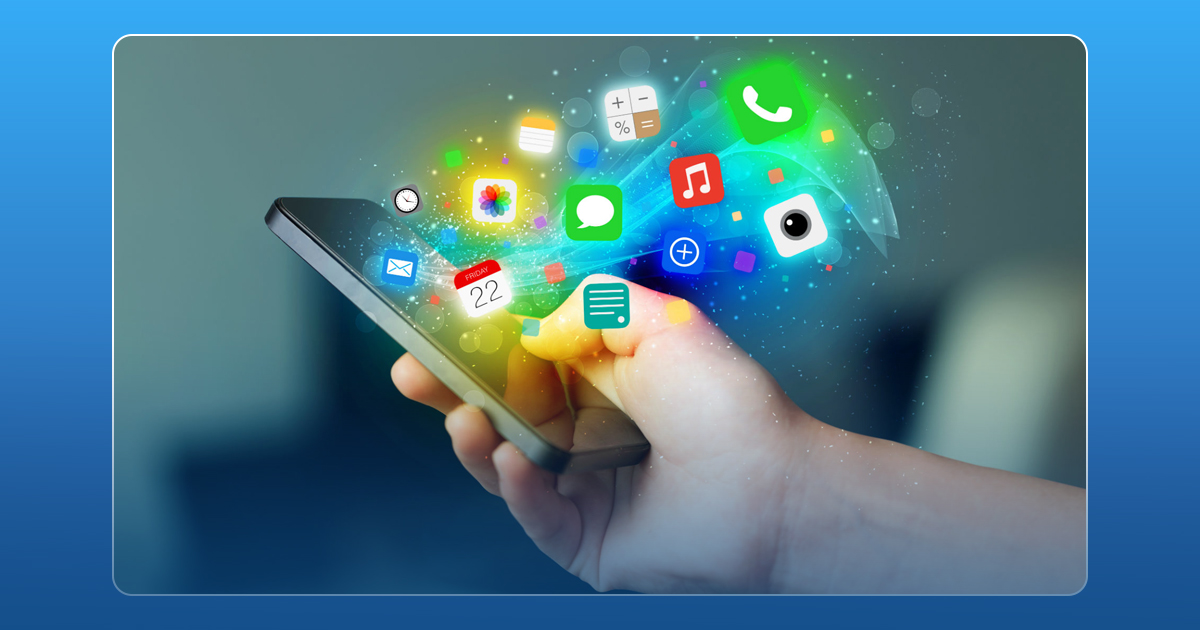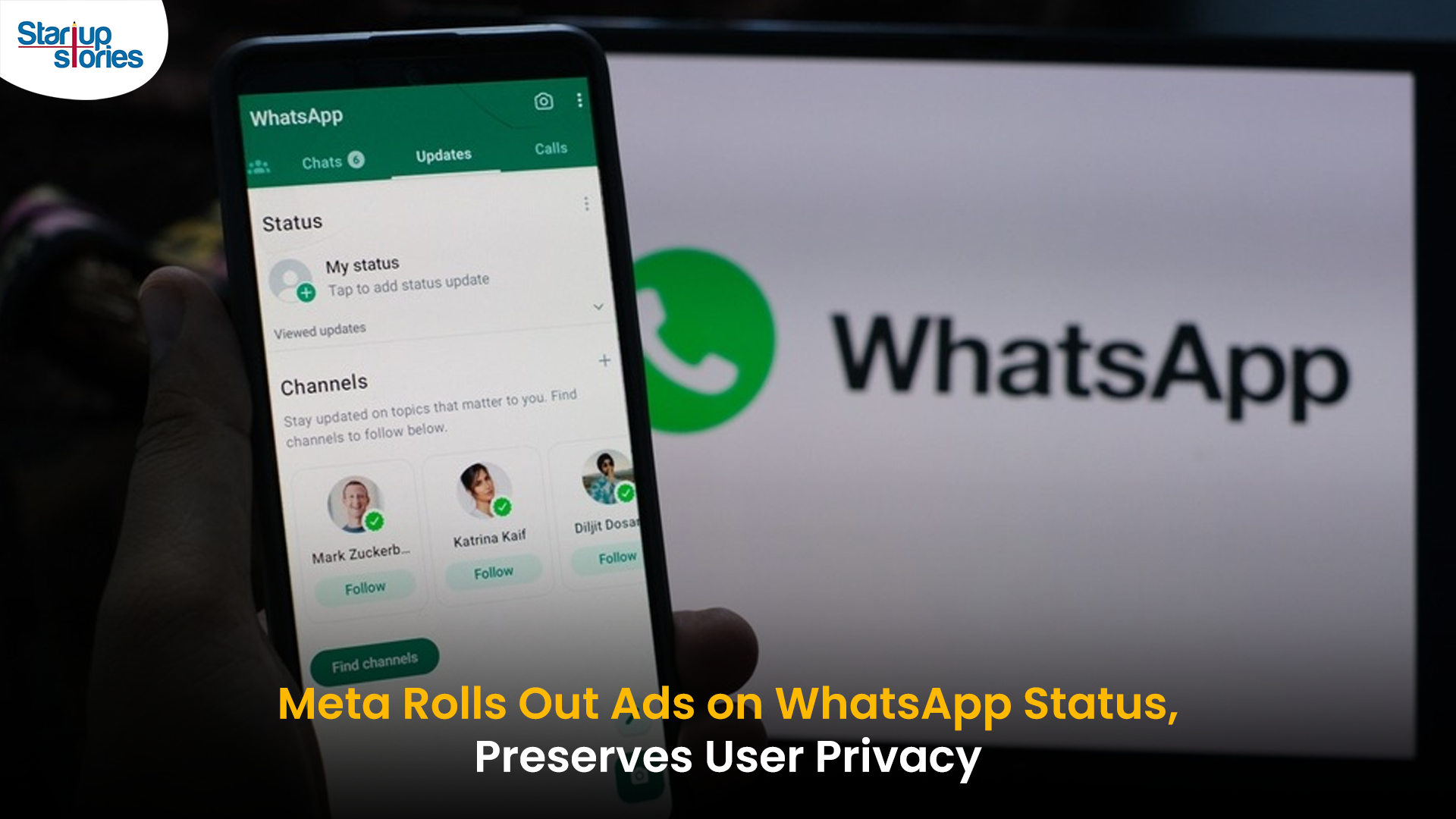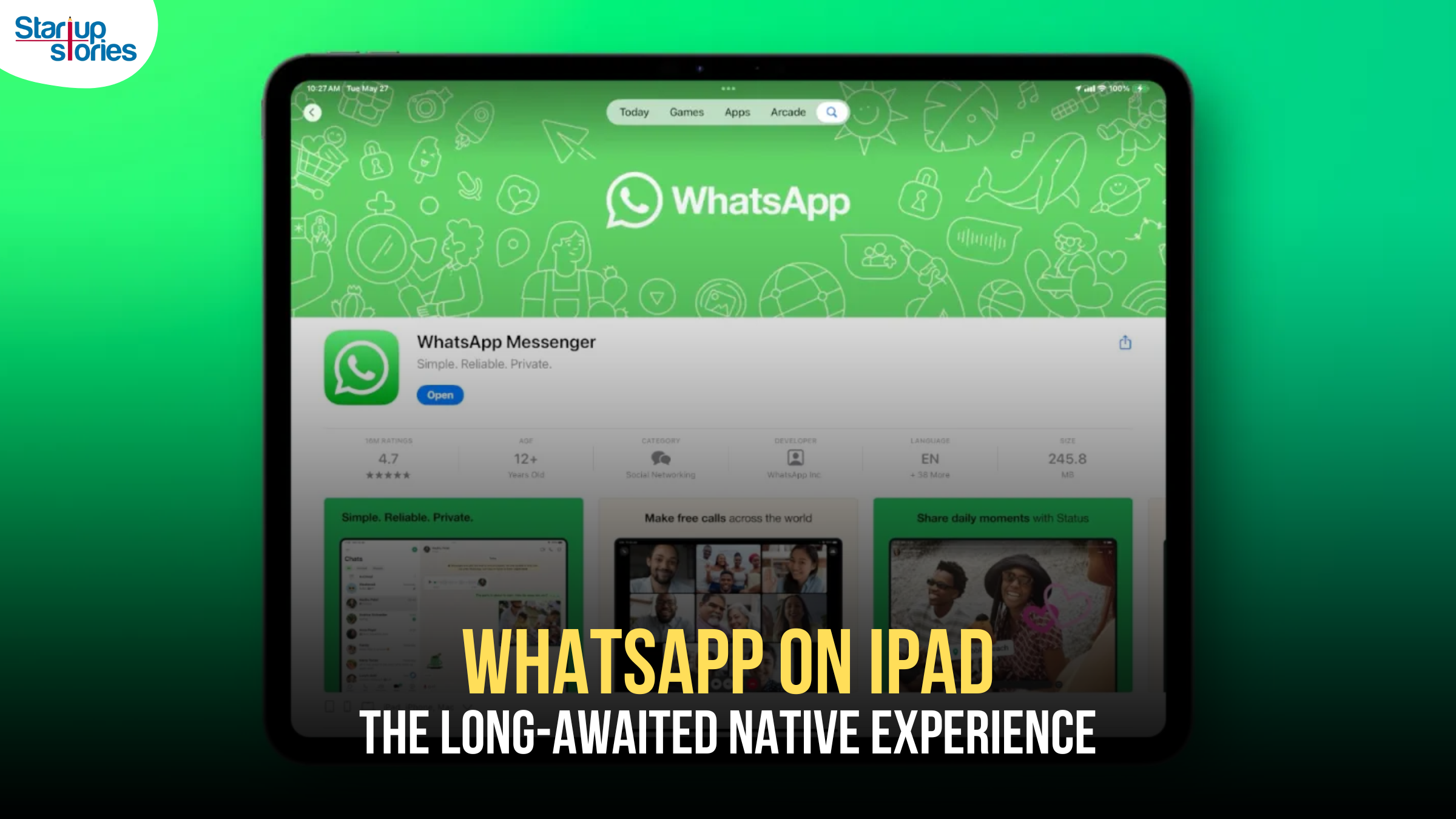Technology
Top 5 Mobile Apps Everyone Should Start Using

Mobile Applications have become an integral part of our life. The activities we all once did on our computers and laptops, we now do on our phones. Apart from the usual Facebook, Instagram, Snapchat, Whatsapp etc., here are 5 apps that you definitely must have on your phone:
TED
This app lets you take a look at more than 2000 videos that are ted talks from remarkable people on topics like technology, innovations etc. All grouped under topic or area of interest
Features:
- Sign in with your TED profile and sync all saved talks on all devices
- Bookmark talks for later
- Discover inspiring, funny, or jaw-dropping talks and curated playlists
- Let us build you a custom playlist, tailored to fit your ideal timeframe
- Play on your device or send to your home entertainment system via Chrome cast or with Android TV.
Elevate
This app lets you enhance your brain activity. The more you use this app, the more it’ll increase one’s critical cognitive skills, which boosts productivity and self-confidence.
Features:
- Brain games for critical cognitive skills like focus, memory, processing, math, precision, and comprehension
- Detailed performance tracking
- Personalized daily workouts that include the skills you need most
- Adaptive difficulty progression to ensure your experience is challenging
- Workout calendar to help you track your streaks and stay motivated
Programming Hub
This app teaches you how to code in all programming languages. It contains examples, courses materials, and compiler practice, and other such programming needs, all available under one app.
Features:
- Compiler: Offline Compiler for HTML, CSS, JavaScript etc. And an online compiler for C, C++, Java Programming and so on.
- Courses: Material created by the best personnel to effectively make you learn programming and coding to the best extent possible.
- Interview Questions: Its striking feature is the collection of interview questions that a programmer will need to prepare for job interviews.
Math Tricks
An app that teaches you how to solve math problems in an interesting and easier manner to boost your calculation speed. This helps people during exams and creates an interest to solve math problems.
Duolingo
This app works as a game that simultaneously helps you learn languages like English, Spanish, German, French, Italian, Portuguese, Dutch, Irish, Russian, Ukranian, Polish, Turkish etc. Service provided is entirely free of all charges, and also provides you a detailed progress report.
Technology
Jio Unveils Cloud PC Service to Bring Affordable Computing to Indian Households

- Jio Platforms has launched JioPC, a cloud-based virtual desktop service that transforms any television connected to a Jio Set Top Box into a fully functional computer.
- Users simply connect a keyboard and mouse to access a desktop-like environment, complete with web browsing, productivity tools, and educational apps—all without needing a physical PC or extra hardware.
- The service is device-agnostic and works with all consumer PC brands, making advanced computing accessible and affordable for millions across India.
JioPC is designed to support a wide range of activities, from professional work to online learning and creative projects. By leveraging Jio’s robust cloud infrastructure, users can run even compute-intensive AI applications directly from their TV screens. The platform also ensures data security and reliability, as all files and settings are safely stored in the cloud, protecting users from data loss even if their device is reset or replaced.
With JioPC, Jio aims to democratize digital access and bring high-performance computing to Indian households at a fraction of the traditional cost. The service supports popular productivity suites like LibreOffice and Microsoft Office online, and Jio is offering a free trial to encourage users to experience the benefits firsthand. This innovative move is set to reshape how people in India work, learn, and connect in the digital age.
Technology
WhatsApp Introduces Ads in Updates Tab, Keeps Chats Ad-Free

Meta has officially begun rolling out ads on WhatsApp, ending over a decade of an ad-free experience since its acquisition in 2014. The advertisements will appear only in the Updates tab, specifically within the Status feature, which lets users share photos, videos, and text updates that disappear after 24 hours—similar to Instagram Stories.
Where Ads Will Appear
- Ads will be visible exclusively in the Status section of the Updates tab, keeping personal and group chats ad-free.
- Businesses can use these ads to encourage users to interact via WhatsApp messaging.
- Meta is also introducing paid channel subscriptions and promoted channels within the Updates tab, allowing users to access premium content and discover new channels more easily.
Privacy and Targeting
Meta has emphasized that private messages, calls, and group chats will remain end-to-end encrypted and free from advertising. Ads will be personalized using limited, non-sensitive data such as location, language, followed channels, and ad interactions. Users can further manage ad preferences if they link WhatsApp to Meta’s Accounts Center.
User and Business Impact
The move marks a major shift for WhatsApp, which has long resisted advertising to preserve a clean messaging experience. While some users have criticized the change, Meta sees this as a significant opportunity to monetize WhatsApp’s 3 billion users and over 200 million businesses on the platform.
In summary, WhatsApp’s new ads will be confined to the Updates tab, ensuring personal messaging remains private and uninterrupted, while opening new monetization avenues for Meta and businesses.
Technology
WhatsApp on iPad: The Long-Awaited Native Experience

After years of anticipation, WhatsApp has officially launched a dedicated app for the iPad, finally giving users a seamless and optimized messaging experience on Apple’s popular tablet. Previously, iPad users had to rely on the web version, which lacked many features and was not designed for the larger screen. Now, with the arrival of WhatsApp for iPad, users can enjoy all the core messaging and calling features in a native, iPadOS-optimized environment.
How to Get Started with WhatsApp on iPad
Setting up WhatsApp on your iPad is straightforward. Simply download the app from the App Store, open it, and scan the displayed QR code using your smartphone’s WhatsApp app to link your account. This process mirrors the setup for WhatsApp Web and Desktop, ensuring your chats, calls, and media stay in sync across devices. The iPad app supports all key features, including individual and group chats, Communities, Channels, and both audio and video calls for up to 32 participants.
Enhanced Features and Multitasking
WhatsApp for iPad is designed to take full advantage of the tablet’s capabilities. It features a two-column layout, with recent chats on the left and active conversations on the right, making multitasking easier and more intuitive. The app supports iPadOS multitasking features such as Split View, Slide Over, and Stage Manager (on compatible models), allowing users to keep WhatsApp open while using other apps. Additionally, it works seamlessly with accessories like the Magic Keyboard and Apple Pencil, boosting productivity and creativity.
Privacy and Security
All messages, calls, and media remain protected with WhatsApp’s industry-leading end-to-end encryption, ensuring privacy and security across all linked devices. The iPad app also includes privacy features like chat lock, giving users peace of mind even if they share their device with others.
Conclusion
The launch of WhatsApp on iPad marks a significant milestone for Meta and its users. With a native, feature-rich app designed for the iPad’s larger screen and advanced multitasking capabilities, WhatsApp is now more accessible and convenient than ever for iPad owners worldwide. This move also signals Meta’s commitment to expanding its ecosystem, with rumors suggesting Instagram may be next in line for a dedicated iPad app. For now, WhatsApp on iPad stands as a welcome upgrade, enhancing how millions stay connected.












f9k0b
June 6, 2025 at 11:52 pm
clomid bula homem cost of generic clomid without a prescription buying generic clomiphene without dr prescription where buy cheap clomid no prescription where can i get cheap clomiphene price can i order generic clomid pills clomid without rx
MM88
November 6, 2025 at 10:37 am
Khám phá thế giới giải trí trực tuyến đỉnh cao tại MM88, nơi mang đến những trải nghiệm cá cược thể thao và casino sống động.
Kuwin
November 10, 2025 at 5:52 pm
kuwin sở hữu kho game đa dạng từ slot đến trò chơi bài đổi thưởng, mang đến cho bạn những giây phút giải trí tuyệt vời.
GO88
November 12, 2025 at 8:58 pm
Tham gia cộng đồng game thủ tại Go88 để trải nghiệm các trò chơi bài, poker phổ biến nhất hiện nay.
谷歌站群
November 14, 2025 at 10:19 am
专业构建与管理谷歌站群网络,助力品牌实现全域流量的强势增长。谷歌站群
J88
November 15, 2025 at 4:46 am
Đến với J88, bạn sẽ được trải nghiệm dịch vụ cá cược chuyên nghiệp cùng hàng ngàn sự kiện khuyến mãi độc quyền.
MM88
November 21, 2025 at 3:34 am
Với giao diện mượt mà và ưu đãi hấp dẫn, MM88 là lựa chọn lý tưởng cho các tín đồ giải trí trực tuyến.
iwin
November 30, 2025 at 7:35 am
iwin – nền tảng game bài đổi thưởng uy tín, nơi bạn có thể thử vận may và tận hưởng nhiều tựa game hấp